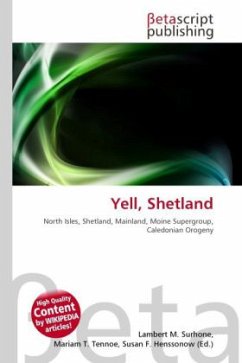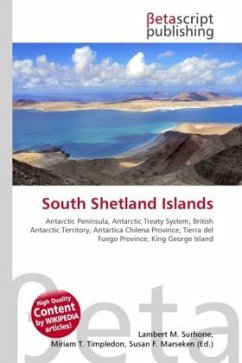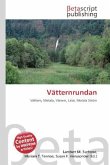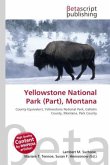High Quality Content by WIKIPEDIA articles! Yell is one of the North Isles of Shetland, Scotland. In the 2001 census it had a usually resident population of 957. It is the second largest island in Shetland after the Mainland with an area of 82 square miles (212 km2), and is the third most populous in the archipelago (fifteenth out of the islands in Scotland), after the Mainland and Whalsay. The island's bedrock is largely composed of Moine schist with a north-south grain, which was uplifted during the Caledonian mountain building period. Peat covers two thirds of the island to an average depth of 1.5 metres (5 feet). Yell has been inhabited since the Neolithic times, and a dozen broch sites have been identified from the pre-Norse period. Norse rule lasted from the 9th to 14th centuries until Scottish control was asserted. The modern economy of the island is based on crofting, fishing, transport and tourism. The island claims to be the "Otter Capital of Britain" and has a diverse bird life including breeding populations of Great and Arctic Skuas








